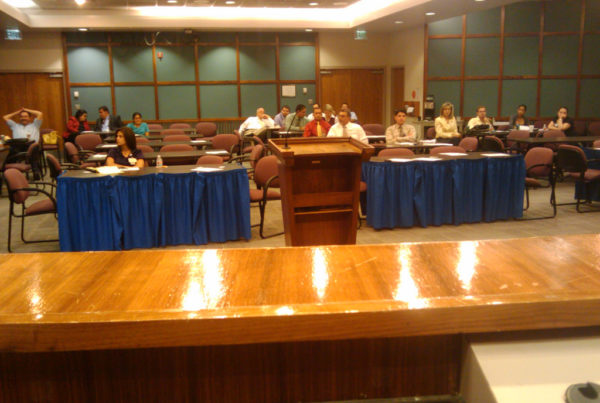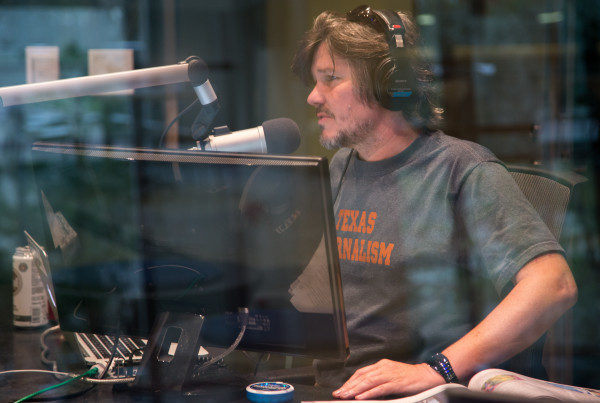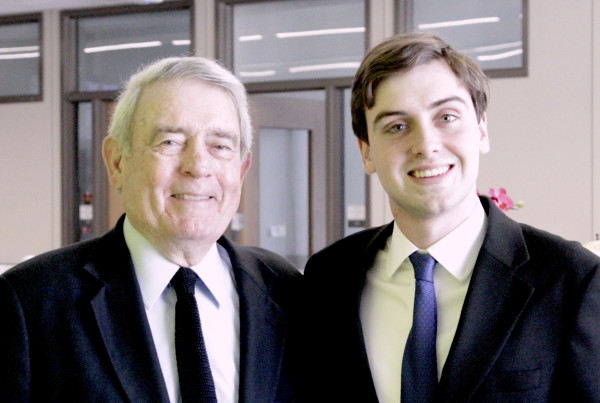Texas is again facing severe storms today and tomorrow. We expect it at this time of year. Indeed, as Houston struggled to cope with torrential rainfalls last week, and as criticism of the pace of the city’s response mounted, an exasperated Mayor Sylvester Turner told reporters, “I don’t think anyone expected the rainfall to come as soon as it did, and persists as long as it did, and it just got worse. There’s nothing you can do. Wether you’re in the city or county, or any governmental entity that can stop that amount of rainfall.”
Well perhaps not. But avoiding the effects? That’s another question. Today, experts from Rice University and Texas A&M are meeting in Houston hoping to find ways to protect places like Bayou City and Galveston from the inevitable.
Phil Bedient, director of Rice University’s Severe Storm Prediction, Education and Evacuation from Disasters Center, or SSPEED Center, says that officials need a change of approach in preventing flood disasters.
“It’s an institution that resists change,” Bedient says. “It’s the development community, for years and years and years, have run the city. And the engineering is there, its just the willingness of the leadership to begin to move in a different direction.”
He says that changes in design can help alleviate flooding – if leaders take action.
“You have to have more room for the water to both go and store, and you have to be able to be willing to put in fewer structures and less density.”
But he says he’s optimistic that Houston’s leadership will start working toward solutions.
“I’m very impressed with the new mayor and the fact that he’s addressing the flooding issue and going out and assisting with the evacuations,” Bedient says. “(He) knows that this is a huge problem, and I tip my hat to him because I think its going to take that kind of leadership to start to turn this thing around.”
Listen to the full interview in the audio player above.
Web post prepared by Alexandra Hart.
















